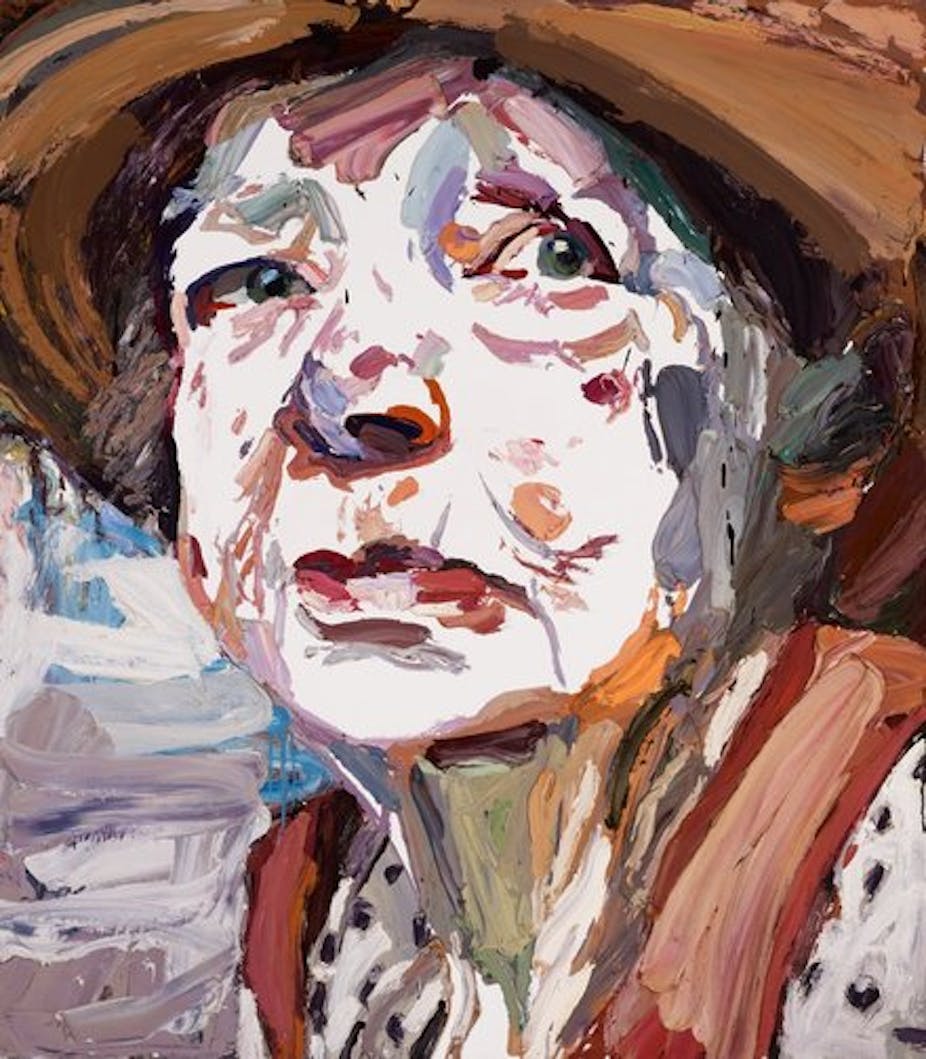Margaret Olley, one of Australia’s best known artists, has died at her home in Sydney. She was 88.
The Conversation asked Christopher Menz, the Acting Director of the Ian Potter Museum of Art at University of Melbourne to reflect on her legacy.
Margaret Olley is really significant for three things.
Firstly, as an artist, which is how she saw herself, and certainly as someone who had a painting career that spanned over 60 years. In her painting, she focused on still life and interiors. Her first major exhibition success was in 1947 and she was still painting right up until her death.
She was the subject of a major retrospective at the Art Gallery of NSW and she is represented in the National Gallery collection and leading state collections.
Also, she will be remembered, really as a particularly Sydney character. She was friends with the artists of her generation and committed to those friendships, but was also a great supporter of younger artists.
She was the subject of many paintings. There are probably more paintings of her than any other artist in Australia. The most recent is the Ben Quilty painting in the Archibald but she was also painted by Jeffrey Smart, Russell Drysdale and William Dobell, who were, of course, artists she knew.
I think her lasting legacy, because she was in a position to do so, was through her philanthropic role in supporting the development of collections of the Art Gallery of NSW and also the National Gallery in Canberra.
In the Art Gallery of NSW, funds donated by her helped acquire works by Giorgo Morandi, Degas, Cézanne, Freud, Matisse, and Picasso. Similarly, in the National Gallery in Canberra she helped fund acquistions of major works of art.
In that sense, her enduring legacy will be really giving back to Australia and to those institutions the major works that those collections could not have otherwise have funded.

